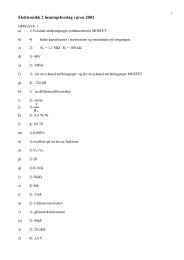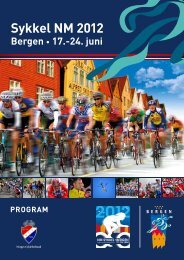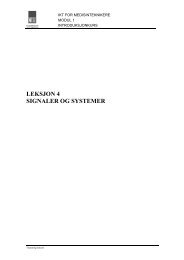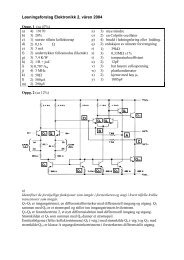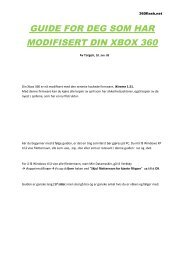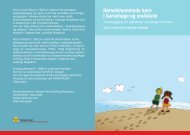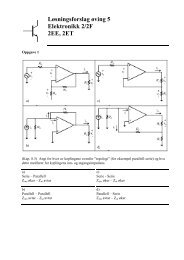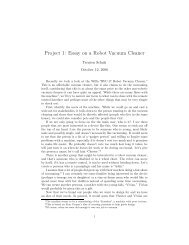The Online World resources handbook
The Online World resources handbook
The Online World resources handbook
You also want an ePaper? Increase the reach of your titles
YUMPU automatically turns print PDFs into web optimized ePapers that Google loves.
Web/Internet tools and pointers http://home.eunet.no/~presno/bok/v6.html<br />
hypertext is a term used of linking related information.<br />
Some information providers on the Internet run programs that will let you access<br />
hypertext. Examples: Lynx, Mosaic.<br />
You use a special HTTP browser program to access the information. Examples:<br />
Netscape, Internet Explorer.<br />
IMAP<br />
<strong>The</strong> Internet Mail Access Protocol (originally Interactive Mail Access Protocol) offers easier<br />
administration and more power than the old POP 3RVW 2IILFH 3URWRFRO ,W OHW \RX<br />
remotely manipulate your mailbox on the mail host without having to retrieve it to your<br />
local PC first. You can access email stored on multiple hosts and in multiple folders on<br />
one host.<br />
IMAP allows for the creation of hierarchical folders on the remote server, where<br />
POP3 creates local folders. Messages can be stored, sorted, filtered, and managed on the<br />
server, making it possible for users to maintain a system of folders that they can access<br />
from multiple computers.<br />
Client programs can resynchronize mailboxes with the server, so that messages<br />
transferred to folders or deleted will appear in (or disappear from) each client's view. All<br />
clients display the same messages.<br />
More information: RFC 1730 and RFC 1733.<br />
International Standard Top level Country codes<br />
Top level country codes derived from the International Standards Organization's<br />
international standard ISO 3166. For a current list, retrieve the International E mail<br />
FAQ. It is regularly being posted to the comp.mail.misc, comp.mail.uucp,<br />
news.newusers.questions, alt.internet.services, alt.answers, comp.answers, and<br />
news.answers newsgroups.<br />
<strong>The</strong> Internet Corporation for Assigned Names and Numbers (ICANN) is<br />
working on introducing seven new top level domains (TLDs) to supplement the familiar<br />
.com, .edu. .gov, and so on. <strong>The</strong> new domains will be .info, .biz, .name, .pro, .museum,<br />
.coop, and .aero.<br />
See IP Address<br />
Internet number<br />
IP (Internet Protocol)<br />
<strong>The</strong> Internet standard protocol that provides a common layer over dissimilar networks,<br />
used to move packets between host computers and through gateways if necessary.<br />
TCP/IP packets are the basic units of communication across the Internet. <strong>The</strong><br />
information they carry includes your system's IP address, the IP address of the server<br />
you're trying to contact, and data communicated (like the contents of a <strong>World</strong> Wide<br />
Web document). Routing information is added to the packets along the way.<br />
For more information, see http://info.internet.isi.edu/in notes/rfc/files/rfc791.txt.<br />
IP Address<br />
Every machine on the Internet has a unique address, called its Internet number or IP<br />
address. Usually, this address is represented by four numbers joined by periods ('.'), like<br />
129.133.10.10.<br />
<strong>The</strong> first two or three pieces represent the network that the system is on, called its<br />
subnet. For example, all the computers for Wesleyan University in the U.S.A. are in the<br />
subnet 129.133, while the number in the previous paragraph represents a full address to<br />
one of the university's computers.<br />
For technical background information, see Technical information on the DNS links.<br />
7 of 16 23.11.2009 15:51



